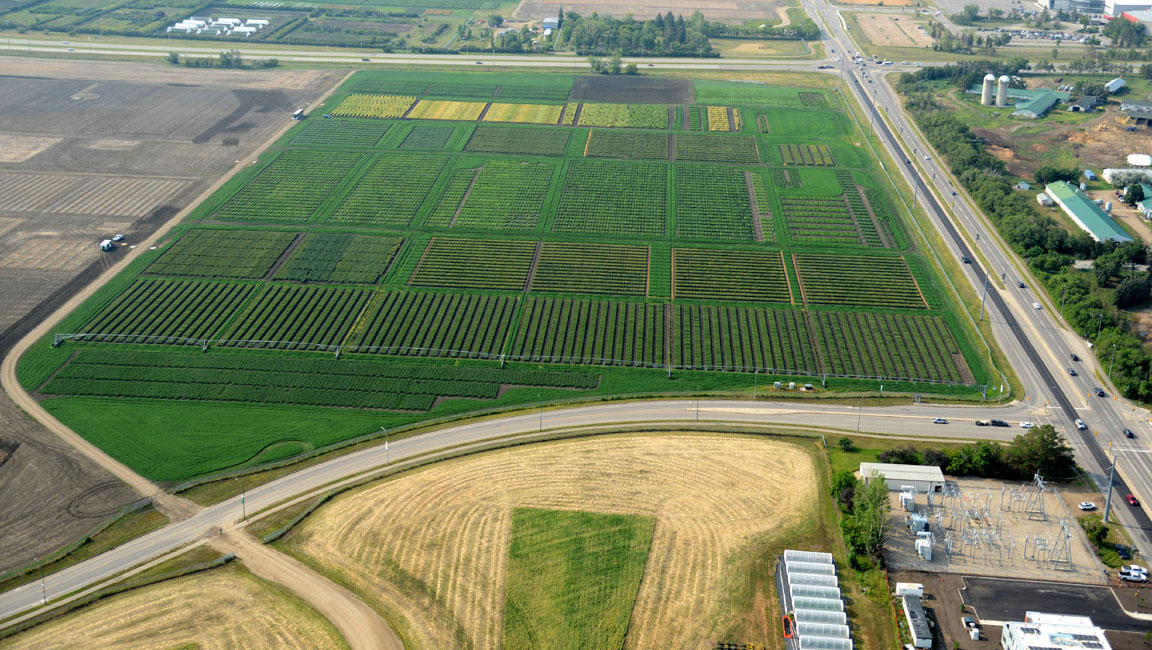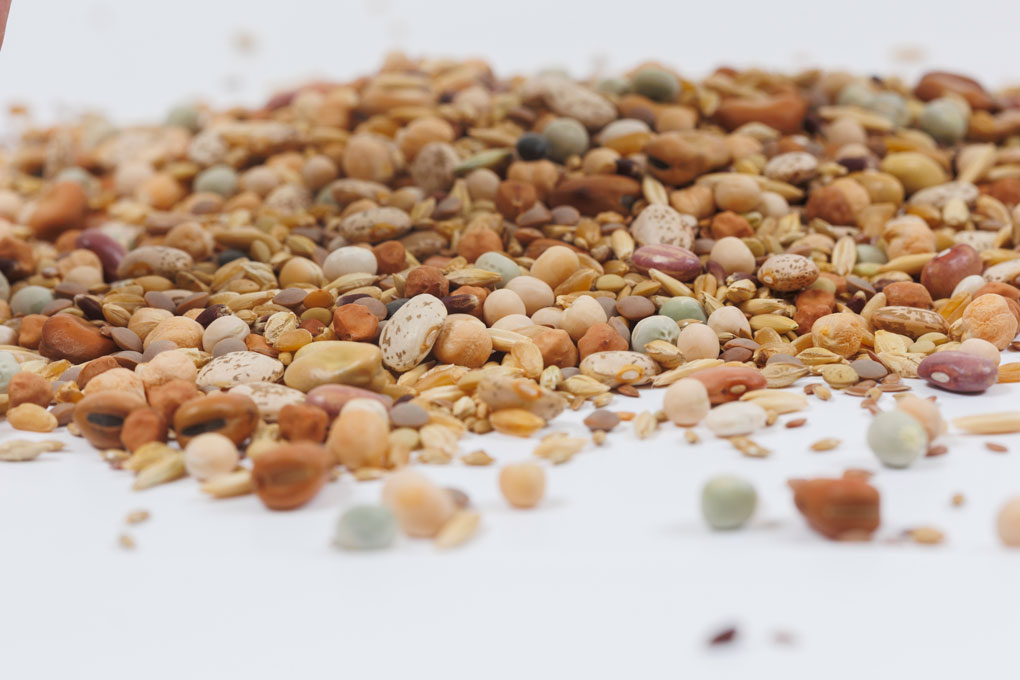
Increased funding a vote of confidence for the Crop Development Centre
In January, the Crop Development Centre (CDC) at the University of Saskatchewan (USask) received news that their Core Operating funding from the Agriculture Development Fund (ADF) had been renewed.
By Adele PaulThe CDC is set to receive $7.2 million from the ADF, a 16 percent increase in funding over the previous five years. This is in addition to new funding received by CDC faculty to support new, innovative research projects.
The ADF is supported through the Canadian Agricultural Partnership, a five-year, $3 billion investment by federal, provincial, and territorial governments to strengthen Canada’s agriculture and agri-food sector.
CDC Manager, Marissa Janssen says the increase in funds is a vote of confidence from the Saskatchewan Ministry of Agriculture and shows that they not only value the work the CDC has been doing, but they recognize its importance for the continued economic and environmental growth of the province.
Janssen says with the new funds the core mandates of the CDC remain the same: to feed the world and to improve profitability for Western Canadian producers. To that end, the primary foci of their research continue to be on improving disease resistance and yield, both of which have the inherent benefit of creating more bountiful crops using less land and creating less waste. The new funding also supports core breeding activities in end-use quality and nutrition, an important part of CDC’s research that ensures varieties meet the demands of grain buyers. To date, the CDC has developed over 600 crop varieties for the market, most of which address these three key challenges for growers and earn royalties for USask in the process. All royalties received by the Centre are reinvested back into research, breeding, and CDC operations.

“What people don’t realize is that money spent at the CDC is a real investment in the people and economy of Saskatchewan. It comes back to producers in a very real way,” says Janssen. The Centre’s most recent economic impact assessment estimates that for every dollar spent on plant breeding research, there is a $12 return for growers, a return that is especially pronounced for pulse farmers who receive an estimated $44 per dollar of investment.
In fact, the impacts of the CDC’s work can be seen all around Western Canada and the world. Since its inception in 1971, the CDC has collaborated with industry experts, producer groups, government, other researchers, and farmers, putting them in a unique position to be responsive to the changing needs and demands of the market.
The results of the CDC’s commitment to excellence speak for themselves: 41 percent of the crops grown in Western Canada are CDC varieties. Saskatchewan has become the world’s leading exporter of peas, lentils, chickpeas, and canary seed, and Canada is now the world’s largest producer and exporter of durum wheat. In addition, their cutting-edge research in crop genetics is renowned worldwide. In the last year alone, the CDC faculty and scientists disseminated 57 peer-reviewed publications, presented their work at 75 conferences, and held 144 extension and outreach activities.
With the influx of new funds at the CDC, there are exciting things ahead. Janssen says the additional funds will be used to address emerging challenges in agriculture including food security, health, and sustainability.
“We are hearing from growers about new diseases, soil health, and optimal yields,” says Janssen, “and we are seeing an ever-increasing demand for our high value products in the market, from right here at home and around the world. That tells me we are going in the right direction. After all, everything starts with a seed.”
